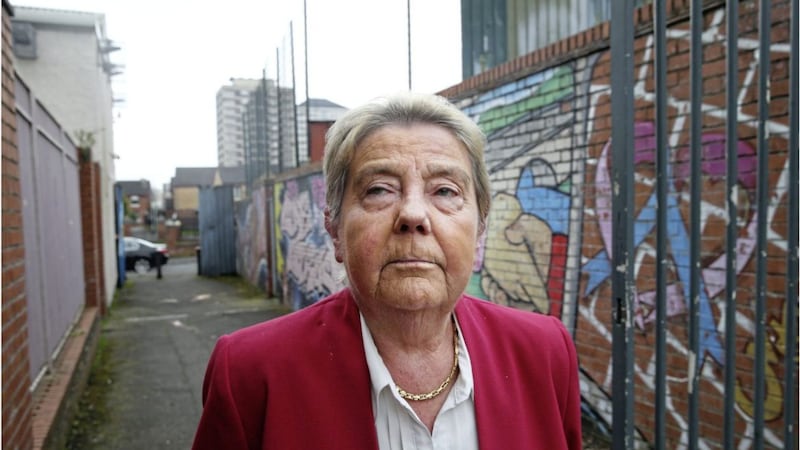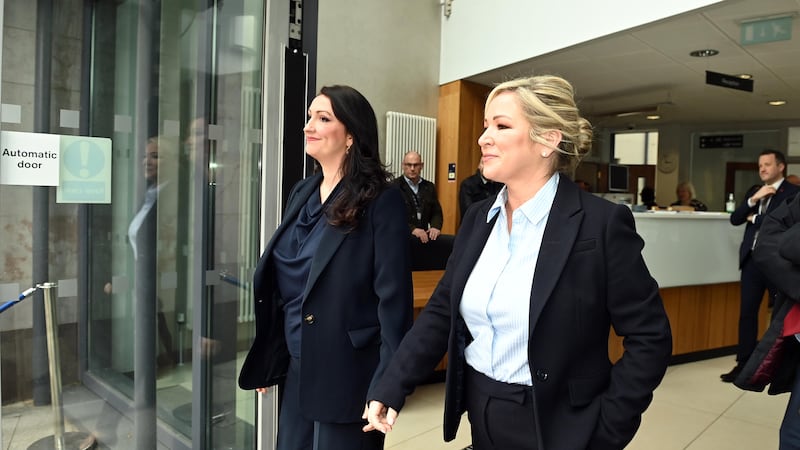NORTHERN Ireland is one year from a welfare reform 'cliff edge' as the four-year mitigation package the DUP and Sinn Féin agreed in 2016 runs out.
That is the warning from Professor Eileen Evason, at an event organised this week by Nicva, the Northern Ireland Council for Voluntary Action.
Stormont was meant to spend those four years putting longer-term measures in place, in particular by constructing social housing appropriate for the so-called 'bedroom tax'.
Of course, that has not happened.
Welfare reform plunged devolution into crisis for three years before the 2015 Fresh Start agreement.
As the subject returns it has obvious implications for the restoration of Stormont and the prospect of full direct rule.
Prof Evason must be listened to - she designed the mitigation package and her knowledge of the benefits system is encyclopaedic.
However, Nicva's involvement is a reminder of how well-meaning civic society groups caused the media to mishandle welfare reform last time around, greatly contributing to political paralysis.
In 2014, Nicva published a report claiming welfare reform would "take £750 million a year out of the Northern Ireland economy".
A year later, it quietly admitted this was wrong and "total welfare spending will continue to rise".
But by then it was too late. Unquestioning repetition by the media had embedded the false figure in political debate.
Sinn Féin, not unreasonably, took it at face value and cited it in the assembly and at Stormont committees, then found itself struggling to back down amid cynical SDLP shroud-waving. This significantly delayed a resolution to the problem.
The mitigation package eventually worked out at £146m a year - a more accurate reflection of what welfare reform removed from a still-rising budget.
Nicva's mistake was obvious enough for many people to notice, myself included, so I was occasionally invited onto radio programmes to 'debate' the £750m figure.
Although this was like being asked to debate if two plus two equals four, broadcasters proved reluctant to handle the topic in any other way.
They preferred to facilitate an argument rather than examine the dry facts that would have ended the argument.
At the risk of doing myself out of work, future items of this nature should consist entirely of Prof Evason and a calculator, with the professor and the calculator on the same side.
If Stephen Nolan finds that terribly boring, so be it.
Inappropriate recourse to a talking head format was hardly the worst of the media's failures.
Television reports were invariably built around footage of an alarmed welfare claimant.
For producers, this was simply lazy visual padding. For politicians, it disastrously constricted their ability to present a clinical analysis.
No elected representative could risk being juxtaposed on air with a distressed constituent. They were forced to emote along with every misplaced fear.
The devolution of welfare is a complex, fascinating field, with a highly revealing history on the limitations of our politics.
Northern Ireland has settled for a bizarre arrangement where Stormont is responsible only for administering benefits, with everything else decided in London.
This demonstrates a culture where our politicians want the kudos for handing money out without any of the responsibility for finding it.
Welfare reform illustrated this from start to finish, with the DUP and Sinn Féin only reaching agreement in the end by handing back powers they were given.
Public service broadcasters had a duty to explain this. Instead, it often felt like they were drawn into the same parish pump attitude.
If the media's aim is to reflect public opinion, interviewing welfare claimants is wildly unrepresentative.
The dirty little secret of welfare reform is that it is among the most popular of all government policies and is most popular in communities where the claimant count is highest.
Ignoring this creates a disconnection between the issue and the audience, causing people to switch off.
There is now an additional risk in Northern Ireland that comfortable swathes of the population will dismiss welfare reform problems as DUP and Sinn Féin voters getting the dysfunction they voted for.
This view would be mistaken as well as callous - welfare claimants are among the people least likely to vote.
The DUP and Sinn Féin did finally reach a deal on welfare reform, under circumstances almost as fraught as today's.
While far from perfect, it was good and even excellent in parts.
The media and some third-sector groups made that harder for no good reason.
As the topic returns to the agenda, they should aspire to do better.
newton@irishnews.com









